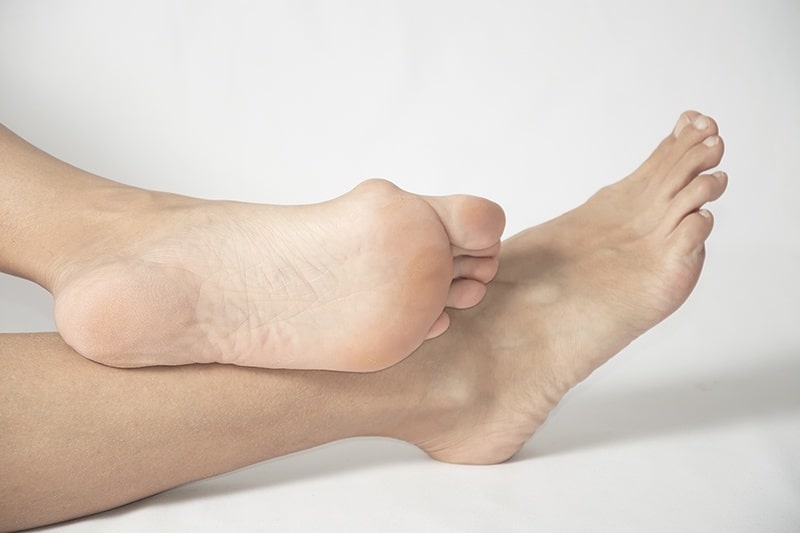Hammertoes Can Be Painful and Can Cause Skin Irritation
One important part of our daily health care routine is a foot exam. Do you check your feet every day? This hard-working pair is usually the furthest from our mind (figuratively and literally!) but it’s a good habit to get into.
As you inspect your toes, you may notice that they look different or unusual. One common problem that we often see in our office is hammertoes. With this common deformity, the toe bends in the middle so that it resembles a hammer.
Hammertoe and another similar problem called mallet toe occur when there is an imbalance in the muscles, ligaments or tendons that usually work together to keep the toe straight. Older people are more prone to hammertoes as are women, in part because of wearing tight, narrow shoes with high heels. Some diseases like arthritis and diabetes can play a role as can heredity.
In addition to the abnormal bend in the toe, you may have pain and stiffness when moving the toe. You may also find corns and/or calluses when the raised joint rubs against the inside of your shoes.
Treating Hammertoes
Some hammertoes are still flexible and it will help a great deal to simply switch to shoes that fit well and are roomy in the toe box. We prescribe custom-fitted shoe inserts called orthotics for our patients to help reposition the toe and redistribute pressure.
Exercises to help strengthen and stretch the toe muscles can help. Try picking up a marble or a crumpled towel with your toes.
For more serious, inflexible hammertoes, we will discuss surgery to help release the tight tendons.
Preventing Hammertoes
Of course, the best treatment is prevention! Always wear comfortable shoes that are roomy in the toe area. Get measured for your foot size each time you shop as feet can grow, and buy for the larger size.
Choose styles with lots of toe room and low heels. Shop at the end of the day when your feet are largest.
Let Us Know If You Notice a Toe Abnormality or Have Toe Pain







